| Title | Stereo Video Deblurring-Supplemental Material |
| Publication Type | Techreport |
| Year of Publication | 2016 |
| Authors | Sellent, A, Rother, C, Roth, S |
| Abstract | One of the key contributions in our stereo video deblurring is to employ 3D scene flow to induce blur kernels based on homographies. As the difference to inducing blur kernels from an optical flow field may seem subtle but increases deblurring performance considerably, we schematically illustrate the difference of the two ways of generating blur kernels in Fig. 10. (a) 3D motion (b) Image plane projection: Blur kernels from linear displacements (c) Image plane projection: Blur kernels from homographies Fig. 10. Inducing blur matrices: (a) Assume that 3D point P moves with a constant rigid body motion in 3D, e. g. with a yaw motion. The projection of this motion to the image plane (blue) is a circular trajectory. The corresponding 2D ground truth displacement (yellow), however, is a vector in the image plane that connects start and end point of the motion during a time interval. (b) Using optical flow, the blur kernel at a location z is approximated by identifying all pixels that, according to their spatially-variant displacement, pass through z during the time interval. The image content at point x is correctly identified as passing through z. The image content at point y is not identified correctly as its 2D displacement passes z at a distance. Instead, the image content at pointˆypointˆ pointˆy is erroneously identified as passing through z, even thoughˆythoughˆ thoughˆy has a different distance to the rotation center than z. This results in the distorted kernels shown in Fig. 3b. (c) Assuming 3D points in the vicinity of P to form a plane, we employ 3D homographies to generate blur kernels. The blur kernel at location z is thus formed by the image points whose trajectory, according to the homography, passes through z during the time interval. Consequently, y is correctly identified as passing through z, leading to the kernels shaped as circular arcs shown in Fig. 3a |
| Citation Key | Sellent |


